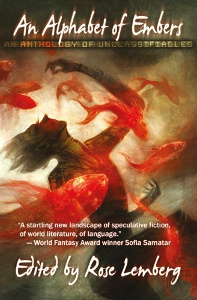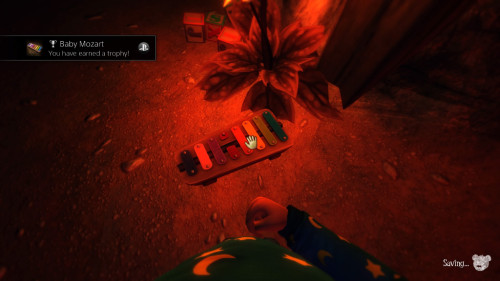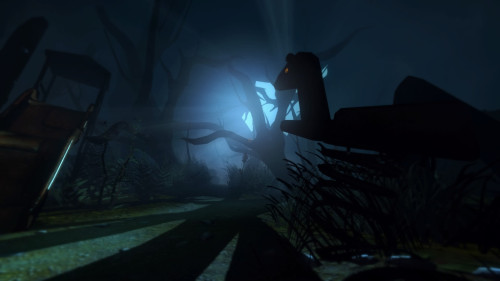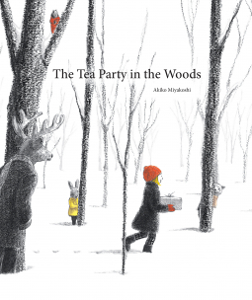 First Published: 6th July, 2016
First Published: 6th July, 2016
Genre: Speculative Fiction / Short Story Anthology
Authors: Emily Stoddard; JY Yang; Sara Norja; Nin Harris; Greer Gilman; Kari Sperring; Mari Ness; Nisi Shawl; Zen Cho; Yoon Ha Lee; M. David Blake; Celeste Rita Baker; Alvaro Zinos-Amaro; Nolan Liebert; Mina Li; Shweta Narayan; Ian Muneshwar; Sheree Renée Thomas; Khaalidah Muhammad-Ali; Tlotlo Tsamaase; Sonya Taaffe; Emily Jiang; Ching-In Chen; Arkady Martine; Vajra Chandrasekera; Amal El-Mohtar; M Sereno
Available: Amazon.com | Amazon UK | Gumroad
This anthology focuses on short work with a poetic feel to the writing. A few of my favourite short pieces were included as reprints. There are interior illustrations by M Sereno, which are a good match for the feel of the language, with intricate patterns and flowing lines.
The first of my reprint favourites was “Absinthe Fish” (M. David Blake), about fish who swim in absinthe and dream. It’s as surreal as that premise sounds. “Single Entry” (Celeste Rita Baker) is more of a traditional narrative, as it follows someone with a unique carnival costume. “The Binding of Ming-tian” (Emily Jiang) is a rather chilling piece that deals with foot binding. All three have unusual imagery and went to places I hadn’t quite expected, but in a way that is accessible for me.
In the new stories, I did particularly like “The City Beneath the Sea” (Sara Norja). It combined the mysteries of the sea with folklore passed down through generations.
Generally though, I struggled with the stories. I can’t say what happened in all of them. The ones with very long paragraphs were hard for me to follow, as it meant I skipped lines and reread lines, before giving up on the paragraphs entirely. The language choices in some of the stories also meant I didn’t understand what I was reading. I started out fine with the first few stories, but by the time I got to the end, I felt I was constantly behind. I got very confused about what went with which story. It was all a bit of a blur.
This doesn’t mean that the anthology is bad, as I have language processing issues. Someone who has studied English to a higher level, or has more of a talent for language, will likely find this a far easier read and be able to enjoy the imagery. I am not that person, so I didn’t get as much out of this as I’d hoped.
[A copy of this book was received from the publisher for review purposes]
 Series:
Series:  Developer: Krillbite Studio
Developer: Krillbite Studio

 Alternate Titles: Zootopia
Alternate Titles: Zootopia First Published: 1st August, 2015
First Published: 1st August, 2015